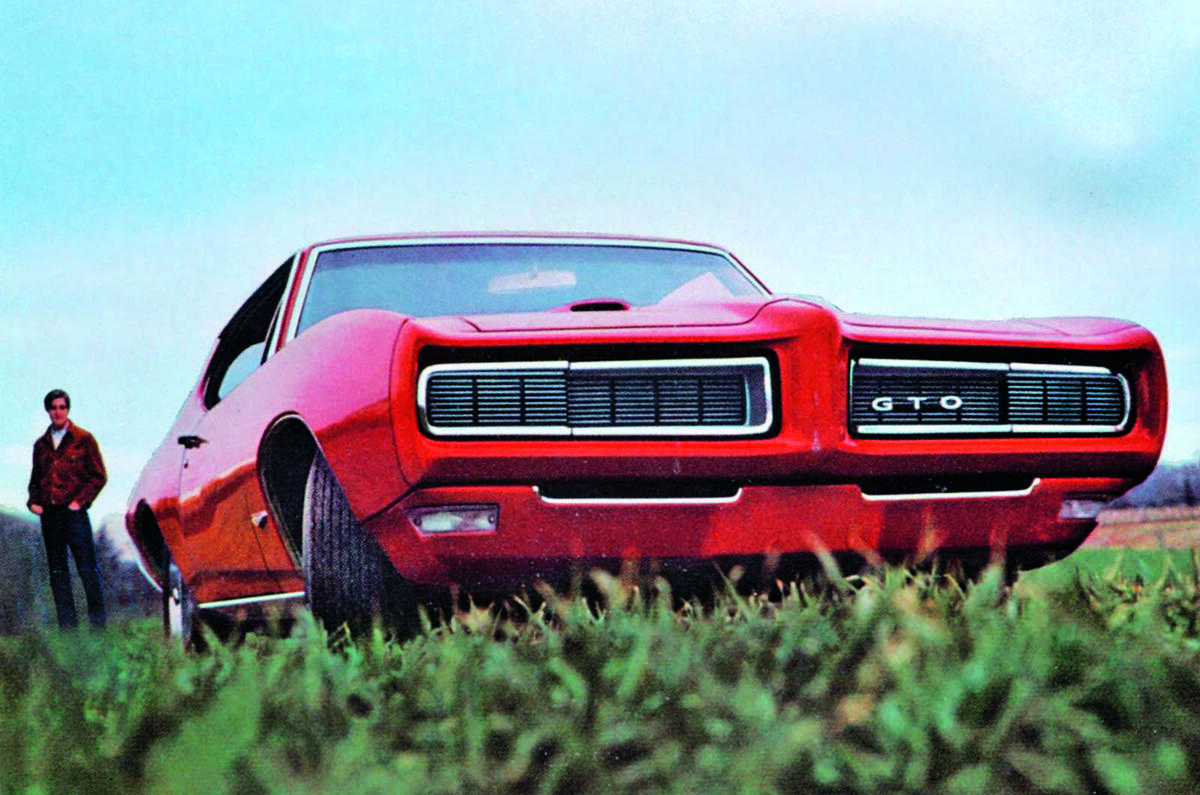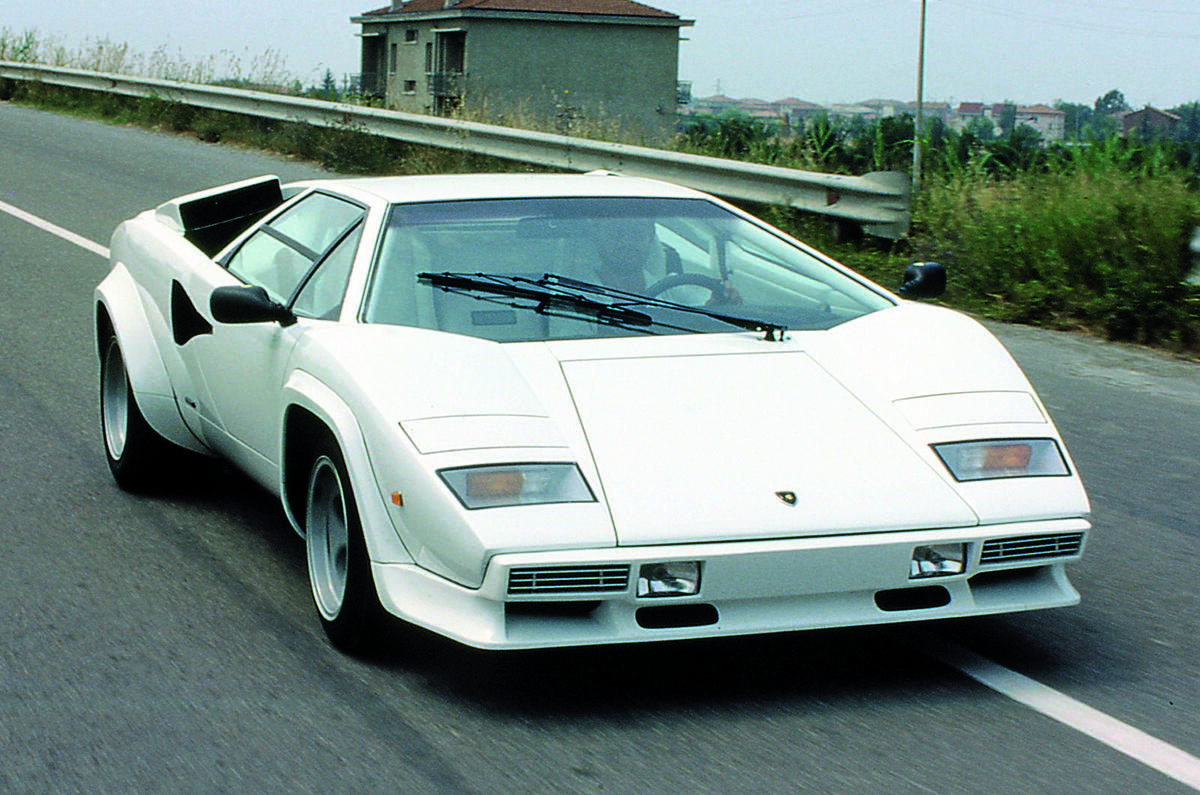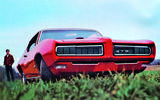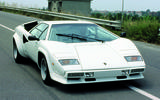My eyebrow was raised by a motoring story in The Times newspaper last week, which attributed the luxury car dealer Tom Hartley with coining the word ‘supercar’ in Britain.
It made me wonder whether or not that was true (it isn’t), and if not, from where its use came.
Even the best encyclopedic corners of the internet are vague about the supercar. Not only the specifics of what one is (in short, it’s a very fast car, but perhaps we will revisit that another time) but also from where the term comes. And so once more, my friends, to Autocar’s new digital archive.
It turns out the word supercar arrived early. I found the very first uses of the term – albeit hyphenated to super-car – in the mid-1910s, mostly in adverts.
First it came via the American manufacturer King, which in 1915 produced a new eight-cylinder model. “To ride in this super-car is to eliminate the mechanical presence in motoring,” King’s copywriters claimed, with period modesty. Price from £355, by the way.
Through the late 1910s and into the early 1920s, luxury car makers such as Rolls-Royce, Bentley, Lanchester and Farman used the word, albeit referring as much to a car’s size as its speed – although the two went hand in hand back then.
In 1921, ‘super-car’ came to an editorial piece about fitting large cars with larger aero engines. “What could be more interesting than to marry the two, and thus obtain a super-car?” we wrote. It’s a sentiment that’s hard to disagree with today.
And I think that definition of a super-car, or supercar, largely holds up a century on. But by the mid-1920s, hyphenated or otherwise, the term had fallen out of frequent use.
Its return again came via the US. In a review of 1968 model-year American cars, a US writer introduced Autocar readers to ‘supercars’ such as the Pontiac GTO, Ford Fairlane GT and Mercury Comet Cyclone.
The term remained a staple in our Detroit Notebook column throughout the late 1960s, describing the fastest variants of what we’ve now come to think of as muscle cars.
Into the 1970s, then, and enter the De Tomaso Pantera, whose “shattering performance and spectacular good looks put it fairly and squarely in the supercar bracket”, according to our 1972 road test.
The De Tomaso, which we mooted as a successor to the Ford GT40, had a Ford V8. Was this Italian car’s Detroit iron the missing link that allowed the term to migrate over from American muscle to mid-engined European coupés?
Who knows? But by 1973, we were talking with familiarity about “these supercars”, the new Ferrari Berlinetta Boxer and upcoming Lamborghini Countach, and associating the term with a near-200mph top speed.
But only a year later, we thought it might have run its course: “Supercars – the end of the line?” we asked about the Countach as it entered production, neatly confirming Betteridge’s law that any headline ending in a question mark can be answered ‘no’. “Will speed limits, tightening legislation, and the lack of opportunity to use its 180mph performance make [the Countach] the last of its type?” No. No it won’t.
By 1975, supercars were so common that we thought one formed an “essential part of the range” of a prestige manufacturer, and the term has slowed not at all since. A search of 2022’s magazines returned more than 200 results for it.
The supercars keep coming, then, and they keep getting faster. Is that commonality what was behind the creation of the more extreme term ‘hypercar’? Not exactly. More on that too, perhaps, another time







Join the debate
Add your comment
Depends on your definition of a Supercar, how about the Jensen from the 60's in the crime show Gideon way? Or Simon Templars Volvo?, both were thee Cars of there Day, at that time they were seen as faster than most and they looked different to the other cars of their time,so I think it's subjective.